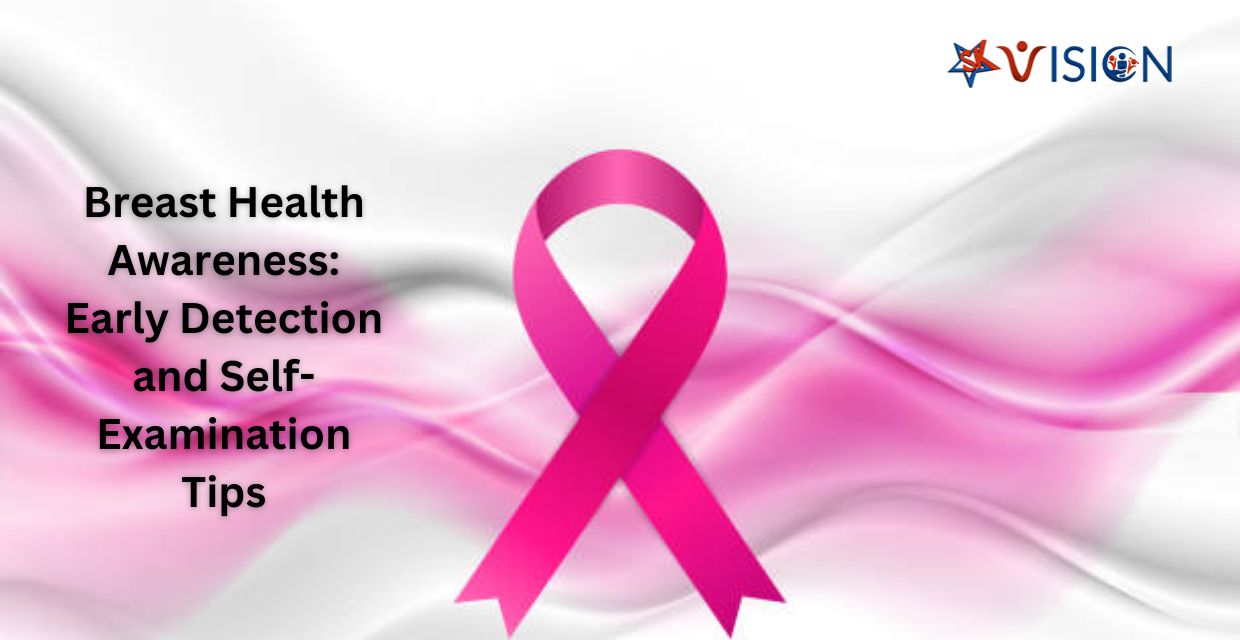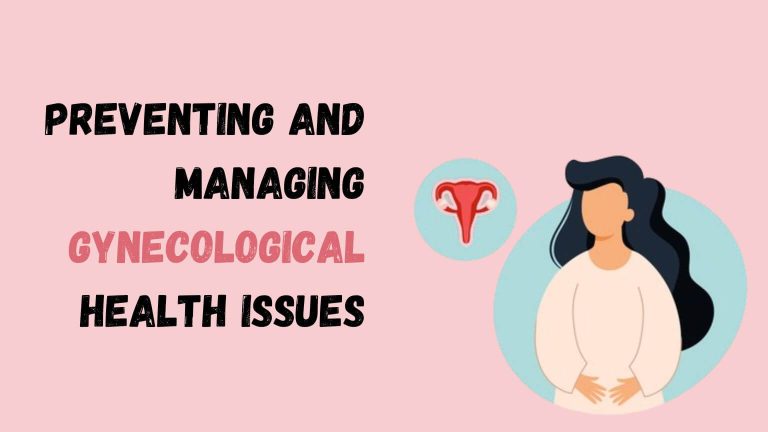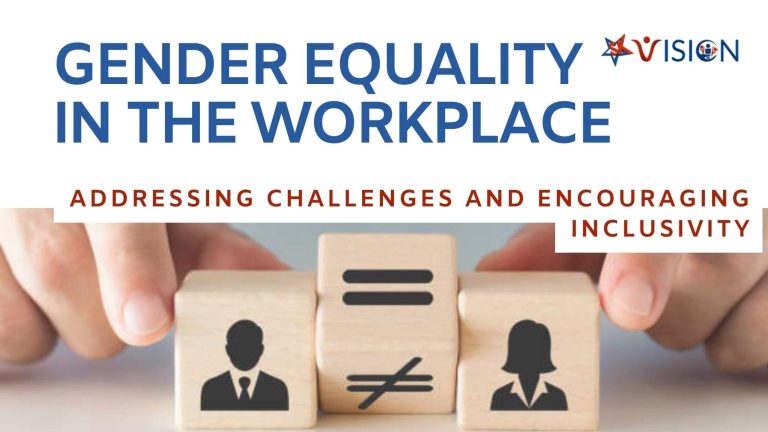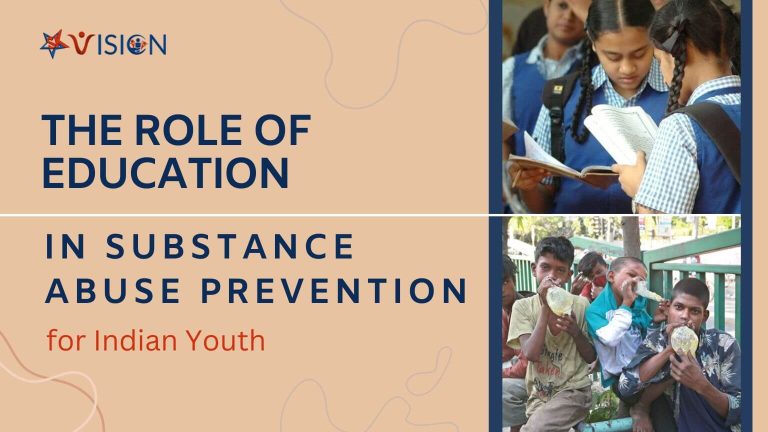Introduction:-
The goal of breast cancer awareness is to dispel the negative perception associated with the disease by educating people about its symptoms, screening, and treatment options.
Every early detection program must include a breast health awareness program. This awareness campaign aims to inform women about the significance of an early cancer diagnosis.
These programs include public health and professional medical education about the risk factors and symptoms of breast cancer. This breast cancer awareness program also informs women about the importance of getting a medical evaluation for breast health.
If the problem gets to the advanced stage, it will demand more extensive therapies and spread to other organs, at which point it can no longer be cured.
Signs of good breast health:
It’s critical to understand good breast health when preventing breast cancer. Certain indicators suggest that there are no problems with your breast health.
Clear skin:
Clear skin is a sign of healthy skin when it comes to your body or breast health. The skin on your breast should be more or less flat or smooth. Bumps or birthmarks are normal in the skin, but a sudden change in the color of the skin is a matter of concern. Peron should contact a doctor to find out the issue. This may not be a sign of cancer, but it could be a different health issue.
Consistent lumpiness:
Many people think that lumps in the breast are a sign of cancer, but sometimes they can be perfectly normal. While the sudden form of a new lump should be checked out by a doctor,.
Even temperature:
The temperature of the breast should be as normal as in other parts of the body. Any unnatural warmth in your breast could be a sign of an infection or other problems, which should be reported to the doctor, which can help to prevent breast cancer.
Painless:
Every woman should have a baseline if she suffers from several types of pain or soreness on a regular basis. If it is normal, then it is okay.
But always report a sudden change to your doctor as soon as possible.
Symptoms of having a breast health issue:
There are many symptoms that indicate the symptoms of breast cancer. Some people do not have any symptoms regarding this.
The symptoms are like these:
- If you find any unusual change in the size or shape of the breast, women who have white skin and breast skin may look red or pink, and in brown and black skin, the breast skin may look darker than the other skin on the chest or purple or red.
- Feeling pain in any area of the breast.
- Unusual discharge, like blood (except breast milk).
- If you find a new lump or thickened area in the breast or underarm that feels different from the surrounding issue.
- One more important sign is that the nipple looks flattered or turned inward.
- Some changes can be seen in the skin; it looks dimpled or like an orange peel.
Factors responsible for breast cancer:
There are many factors that are responsible for breast cancer or breast health issues. Some of them can be controlled, and some of them cannot be controlled.
The reason for the breast issue is:
Family History:
One of the biggest reasons for breast cancer is family history. A woman’s risk increases if she has a first-degree male relative who has breast cancer. If a woman has many family members on her father’s or mother’s side who have had breast or ovarian cancer, or if she has a mother, sister, or daughter (first-degree relative) with inherited changes in her BRCA1 and BRCA2 genes, her risk of developing breast cancer increases.
Age factor:
Getting older is also one of the reasons for being diagnosed with breast cancer. Most breast cancer is diagnosed after the age of 50.
Personal history:
Women who had breast cancer earlier have a very high chance of having cancer for the second time. Some breast diseases, like atypical ductal hyperplasia or lobular carcinoma in situ, are non-cancerous, but they are associated with a high risk of cancer.
Previous treatment history:
Previous treatment history has also become one of the reasons for cancer. Women who had radiation therapy treatment for the chest before 30 years of age, for instance, treatment of Hodgkin’s lymphoma, had a high risk of having breast cancer later.
Reproductive history at age:
Girls who had their menstrual cycle before 12 years and women who had their menopause after 55 have a high risk of having breast cancer.
Uses of Drugs:
DES (diethylstilbestrol) is a medicine that is given to women to prevent miscarriage. Women who take DES have a high risk of having breast cancer. Women whose mothers took DEC drugs during pregnancy also have great chances of having breast cancer.
Consuming Alcohol:
As alcohol is very harmful to health, it increases the chances of breast cancer. Research also shows that chemicals that are exposed while smoking also increase the chances of having cancer.
Lack of exercise and overweight or obesity:
Women who do not exercise increase the chance of breast cancer. Older women who gain weight or have obesity also have a higher risk of having breast cancer than those who have a healthy weight.
Reproductive history:
The reproductive history of women can also become the reason for breast cancer. Women who conceive after 30, not breastfeeding, or have not completed their full-term pregnancy have a great chance of having breast cancer.
Treatments :-
Treatment of breast cancer depends on the level of the cancer or how much it has spread outside the breast to lymph nodes, which is stage II or III, or other parts of the body, which is stage IV.
By educating girls, we can help them understand the importance of breast health and how to recognize problems with it. Treatment of breast cancer is more effective when taken at an early stage and until completion.
There are some steps through which the treatments can be done.
Preventive Treatment:
If a woman is at high risk of having breast cancer, she can take medicine to lower the risk.If there is a family history of breast cancer or if you have a history of precancerous cells in your breasts, you may have a higher risk of breast cancer. In this situation, anyone can take medicine with a doctor’s consultation to lower the risk. If someone has a very high risk of cancer, they may consider having surgery to reduce the risk.
Medication Therapy:
There are several medicines that are used for the treatment of cancer. It treats the cancer cells, which reduces the cancerous cells.
Surgery :
It is part of the treatment for breast cancer. In this treatment, doctors remove the cancerous cells, which is called lumpectomy, or the whole breast, called mastectomy. Surgery can also remove lymph nodes to assess the cancer’s ability to spread.
Radiation Therapy:
This therapy treats the residual microscopic cancers left behind in the breast tissue or the lymph nodes. Which minimizes the chances of cancer recurring on the chest wall.
Hormone Therapy:
Hormone therapy is also one of the therapies used to treat cancer. It slows or stops the growth of cancer cells that use hormones to grow. In this therapy, several medicines are used to treat cancer. This therapy is also called hormone treatment or endocrine therapy.
Chemotherapy :
It is a drug treatment for cancer patients. It uses powerful chemicals to kill fast-growing cells. Cancer cells grow and multiply more quickly than most cells in the body. It is the most used treatment for cancer.
Some related facts:
There is some research based on facts released by the WHO:
- In 2022, the number of deaths globally caused by breast cancer was 670000.
- According to WHO 2022 data from 157 out of 185 nations, breast cancer was the most frequent cancer among women.
- About 0.5–1% of men worldwide also suffer from breast cancer.
- Worldwide, breast cancer affects people in every nation.
- Women who don’t have any specific risk factors other than age and sex account for almost half of all cases of breast cancer.




